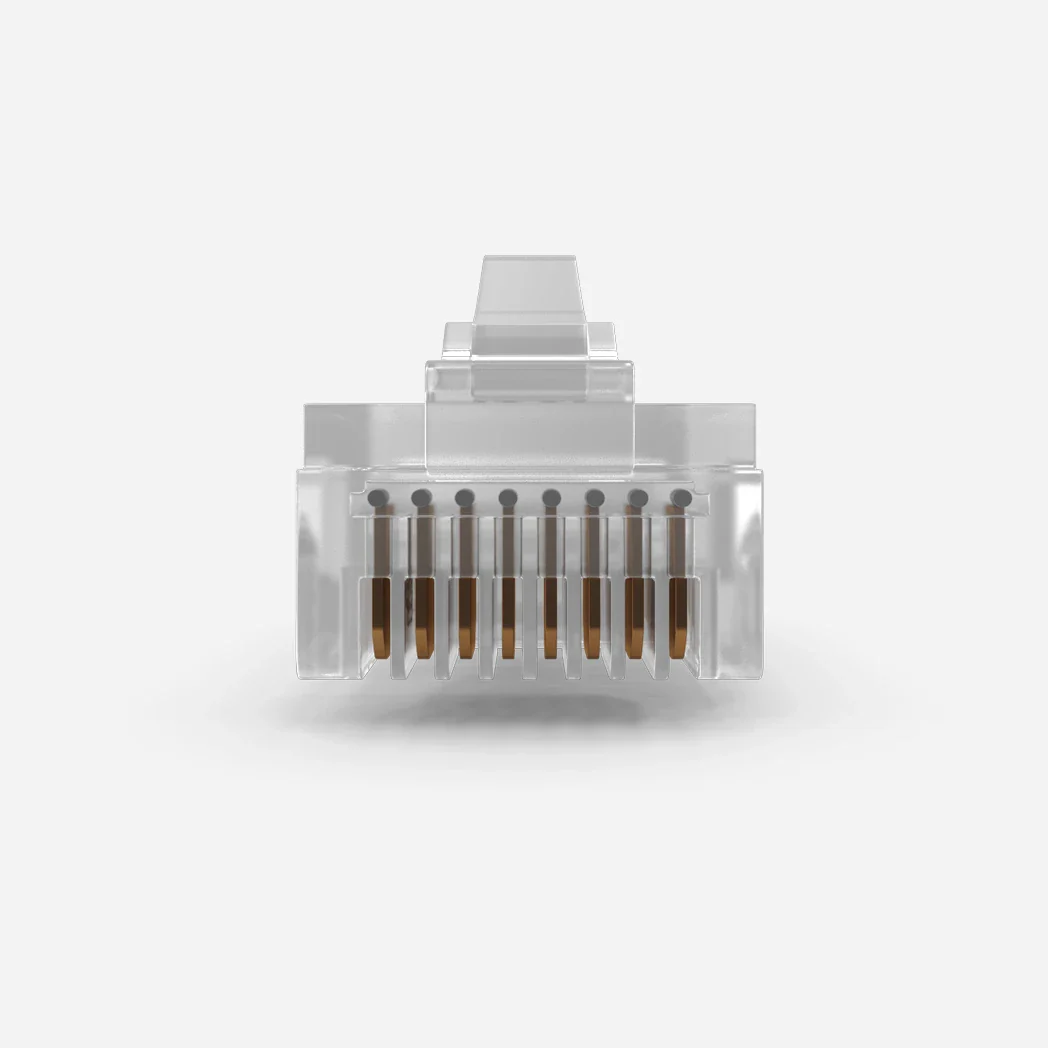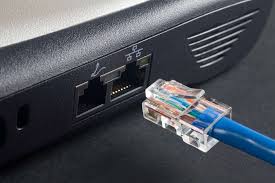Introduction:
Technology is more and more developed, the demand for network speed is increasing, the requirements for
network connectors are also high, many factories in the manufacture of rj45connectors and sfp, a lot of types,
in the end how to choose rj45connectors and sfp? What's the difference between the two?
1.What is sfp?
It is a miniaturized hot-swapable optical module or electrical module, widely used in network devices
(such as switches, routers, network cards) for high-speed data transmission. The SFP module supports fiber and
copper cable connections and is a very important component in modern network equipment.
Main feature
1.1 Compact design
Miniaturization: The small size of the SFP module is suitable for high-density port configuration.
Space saving: More ports can be installed in a limited space.
1.2 Hot Swap Function
Plug and play: You can insert or remove a module without shutting down the device.
Easy maintenance: Modules can be replaced or upgraded without downtime.
1.3 Multiple transmission media
Fiber: Supports single mode and multi-mode fiber, suitable for long and short distance transmission.
Copper cable: Supports twisted pair (such as Cat5e, Cat6), suitable for short-distance transmission.
1.4 High-speed data transmission
Multiple rates: Data transfer rates from 100 Mbps to 10 Gbps are supported.
Gigabit Ethernet: Common SFP modules support a transfer rate of 1 Gbps.
10-Gigabit Ethernet: The SFP+ module supports a transfer rate of 10 Gbps.
2. What are rj45 Connectors?
It is a standardized physical interface, often used to connect network devices, mainly for Ethernet connections,
such as computers, routers, switches, etc.
Main feature
2.1 Standardized Design
8-pin interface: RJ45 connectors usually have 8 metal contacts, which meet international standards.
T568A/T568B standards: Two common wiring standards to ensure compatibility and consistency.
2.2 Wide Compatibility
A variety of network equipment: suitable for computers, routers, switches, modems, etc.
Multiple cable types: Supports multiple Ethernet cables such as Cat5, Cat5e, Cat6, and Cat6a.
2.3 Easy installation and maintenance
Crimp design: Easy installation with crimping pliers.
Modular design: easy to replace and repair.
2.4 High Reliability
Solid connection: Provides a stable electrical connection to reduce signal loss and interference.
Durable materials: Usually high quality plastic and metal materials are used to ensure long-term use.

3.How to Choose Between SFP and RJ45 Connectors?
3.1 Transmission medium and distance
Rj45 connector pinout use twisted pair cables, such as cat5e, cat6, etc., while sfp media are used to
support optical fibers (single mode or multi-mode) and copper cables, there are some differences in the media above.
Rj45 connector pinout transmission distance is much smaller than sfp, sfp optical fiber transmission distance is
from a few hundred meters to tens of kilometers, but rj45 connector pinout transmission distance can only
reach a maximum of 100 meters. If you need to consider the transmission distance, you can compare it from this aspect.
3.2 Data Transmission Rate
Sfp's rate is higher than rj45connectors, sfp's rate can range from 100mbps to 10gbps, but rj45 connector pinout
can only reach 1000mbps, some of the best performance can reach 10gbps, mainly depending on the performance of
the product, The performance transfer rate of different products will be different.
3.3 Cost
Rj45 connector pinout have lower costs than sfp connectors, cables and connectors are relatively cheap,
and sfp fiber modules cost more. Before choosing these two, also consider the cost budget, if the cost budget is not enough,
rj45 connector pinout is a good choice
3.4 Scalability and flexibility
Suitable for large-scale networks, sfp are more scalable than rj45 connector pinout and can support different types of
transmission media and rates. If you have a large network, you can choose sfp.
4. Application Scenarios
4.1 Application Scenarios of RJ45 connectors
Home network: rj45 connector pinout are widely used in home networks to connect various devices such as computers,
smart TVS, game consoles, network storage devices (NAS), etc.
Advantages: Easy to install and maintain, low cost, suitable for short distance transmission.
Office networking: In an office environment, rj45 connector pinout are used to connect workstations, printers,
IP phones, conference room equipment, etc.
Advantages: Support high-density port configuration, suitable for a large number of device connection requirements.
Small business Networking: Small businesses typically use rj45 connector pinout to build local area
networks (Lans) to connect devices such as servers, switches, routers, and more.
Advantages: Cost-effective, easy to scale and manage.
4.2 Sfp Application Scenarios
Data centers: Data centers use SFP modules to connect servers, storage devices, core switches,
and aggregation switches to support high-bandwidth and long-distance transmission.
Advantages: Support for high-speed data transmission (such as 10 Gbps), suitable for high-density and
high-performance network environments.
Enterprise backbone network: In an enterprise network, the SFP module is used to connect the core switches and
aggregation switches between different floors or buildings to build a high-speed backbone network.
Advantages: Support for long-distance transmission (such as single-mode fiber up to tens of kilometers),
providing high reliability and stability.
Telecom networks: SFP modules are used by telecom operators to connect different network nodes and
data centers in metropolitan area networks (MAN) and wide area networks (WAN).
Advantages: Support for a variety of transmission media and protocols, suitable for complex network topologies.

Conclusion:
We can compare the sfp and rj45connectors by cost budget, transmission rate, transmission media, etc.,
and choose the connector suitable for your network according to your own situation. Each product has
its own advantages and disadvantages, from its own point of view to maximize the benefits.
Shenzhen Direction Electronics Co., Ltd. was founded in 2003, is a network and communication connector and
its components mainly set research and development, production and sales as one of the national high-tech enterprises.